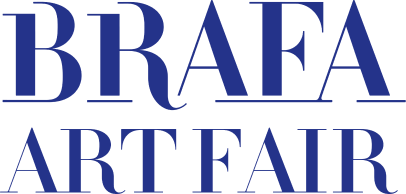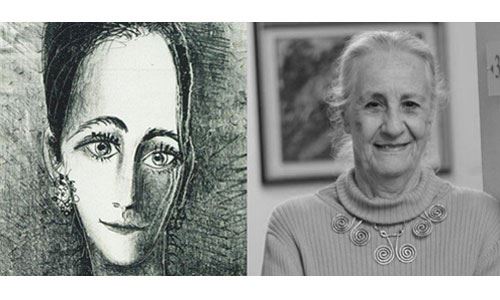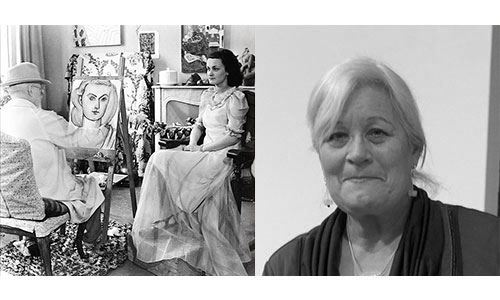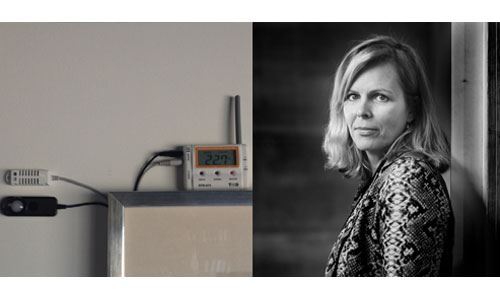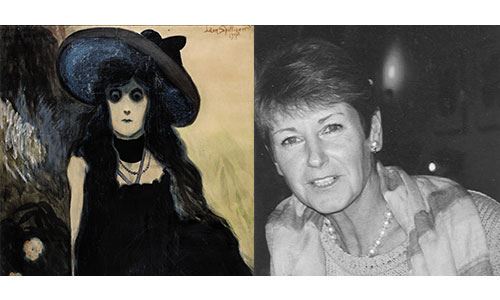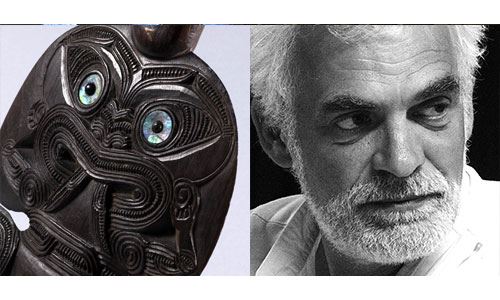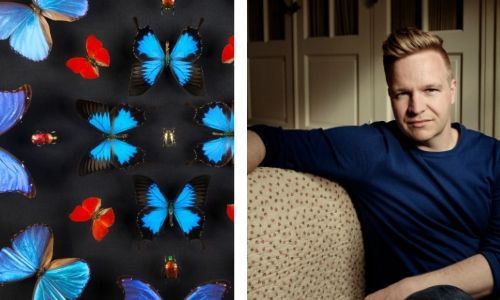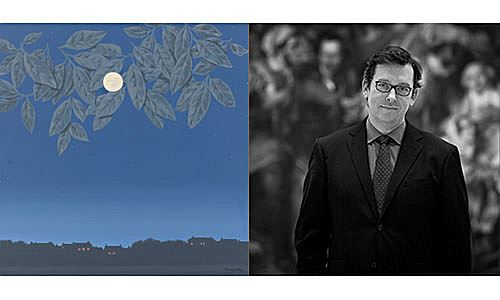BRAFA ART Talks
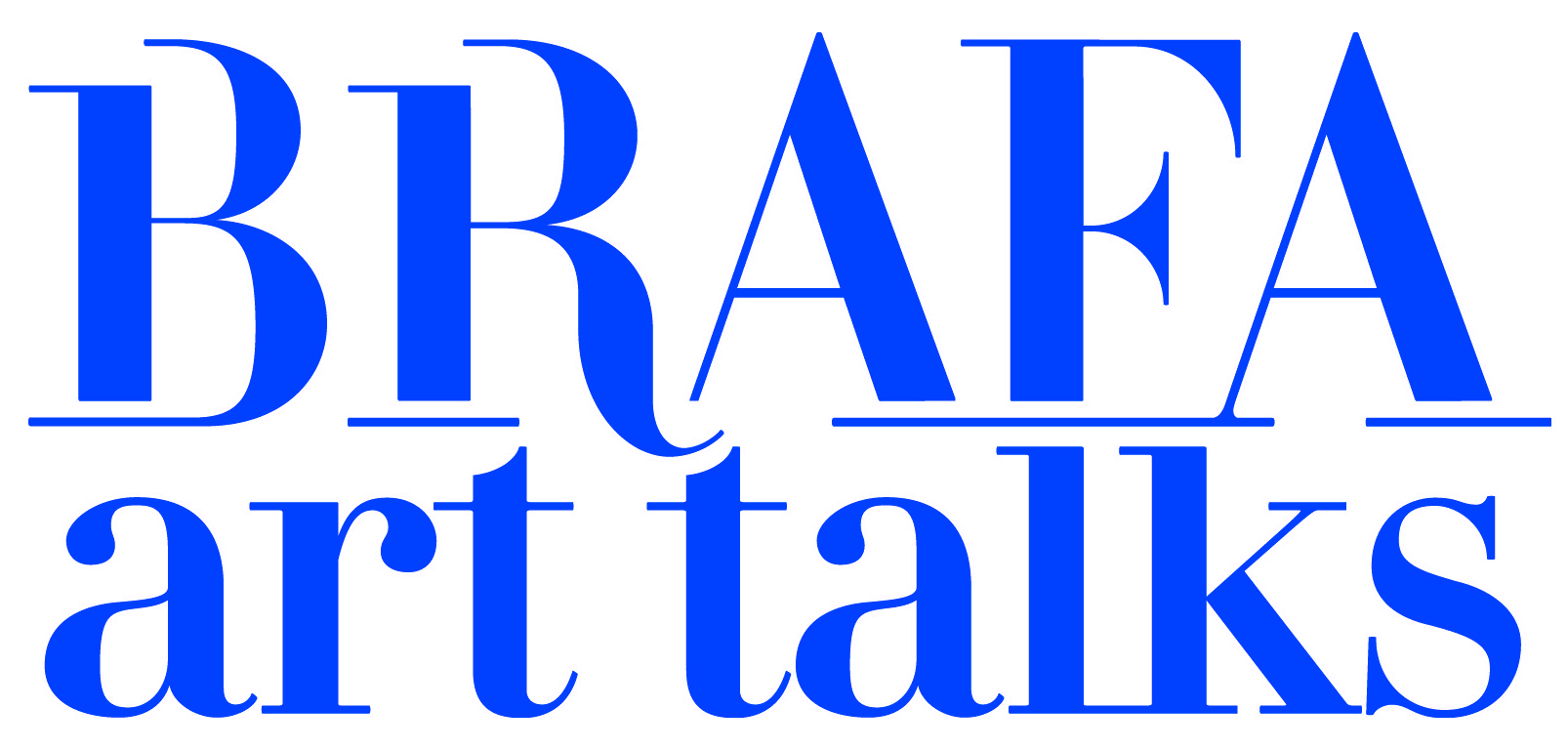
BRAFA loves culture, and loves to share it !
Daily at 4 pm, a talk by a renowned
art-world personality who specialize in curating or in the art market. BRAFA has joined
forces with the non-profit association BIAPAL to organize these BRAFA ART TALKS. Curators,
collectors and experts in the art market take turns to share their knowledge and expertise,
covering subjects as diverse and fascinating as modern painting; the contemporary art world
and its controversies; the story of the famous art dealer Angela Rosengart; innovative approaches
to art conservation; masterpieces from the Tretyakov Gallery in Moscow, and non-European art…
Download the BRAFA Art Talks program by clicking here
Daily at 4 pm at the Brafa Lounge - stand 51a
PROGRAMME
27/01/2018
Angela Rosengart, a life devoted to art!
Angela Rosengart, daughter of the internationally renowned art dealer Siegfried Rosengart (1894-1985), was a regular visitor of the studios of artists such as Picasso, Matisse, Chagall, Braque and Miro from childhood. She and her father built up one of the most important private collections of 20th century masterpieces in the world, uniting over 350 artworks including a number by Klee and Picasso. Gathered together in a foundation which became a museum in 2002 in Lucerne, the collection attracts thousands of visitors.
Language: FR
Pablo Picasso, Portrait of Angela Rosengart, Notre-Dame de Vie, 29.10.1964, Lithograph 62 x 64 cm © Succession Picasso – SABAM 2018
28/01/2018
Matisse and the northern painters
Matisse was born on 31 December 1869 in Cateau-Cambrésis in northern France. Born in region characterised by its grey, subdued palette, he nonetheless became famous for the beauty of his colours. The textile-making tradition of this region inspired his taste for texture and coloured motifs. Flanders is also, of course, the home of Memling, Van Eyck and other Flemish Primitive painters who left Matisse a legacy of sumptuous colour and texture. Rembrandt, Rubens and Grünewald also had an important influence on him. Looking at the work of these northern painters reveals his creative roots.
Language: FR
Matisse dessinant un modèle, 1944. Photo Hélène Adant © Musée Matisse Le Cateau-Cambrésis
29/01/2018
Contemporary art: its excesses, scandals and success stories
Euphemistically speaking, contemporary art causes a lot of ink to flow. Some authors argue that contemporary art has become a status symbol rather than a mark of aesthetic taste. Others blame globalisation for the sheep-like trend-following of collectors. And then there’s the argument that curators are behind the times, terrified of missing out on ‘the new Impressionists’ and more dependent than ever on rich sponsors. In order to understand the criticisms and the economic and artistic forces in play, Amid Faljaoui has invited a number of experts (gallery-owners, collectors, economists and the author of a (critical) book on the subject) to express their point of view on what can only be termed ‘the hegemony of contemporary art’.
Language: French
30/01/2018
An innovative approach to art conservation
The lecture will analyse how environmental conditions such as light, temperature and relative humidity as well as packaging, transport, storage systems and insects can impact the lifetime of an artwork, hence its sustainable value. Both public institutions and private collectors are faced with challenges when conserving and managing collections. The regular monitoring of artworks provides relevant data sets that enable short term interventions and long term solutions to minimise risk and guarantee social, historical and financial value.
Languages: NL & ENG
Leen Gysen Photo Alex Vanhee
31/01/2018
Léon Spilliaert, a captivating visionary
Léon Spilliaert (Ostend 1881-1946 Brussels) first revealed his talent as a self-taught draughtsman who worked with Chinese ink and pencil and who initially adhered to the Symbolist movement. The young artist’s interest in literature is well known, and he poured over the work of Frédéric Nietzsche, Emile Verhaeren, Maurice Maeterlinck, not to mention classical texts by Ovid and Virgil. His career as an artist then developed apart from movements like Abstraction and Expressionism, as he began to experiment with cardboard, canvas, watercolour, gouache and oil paint. As a precursor of Surrealism, his works are mysterious, inspired by a reality he spiritually transcends.
Languages: FR & NL
Léon Spillaert, Buveuse d'absinthe, 1907, FRB KBS 06.05.2015
01/02/2018
Secrets of Old Paintings
The State Tretyakov Gallery has gathered together one of the world’s largest collections of Russian art. Today, it presents a broad panorama of Russian art from the 11th to the 21st century. The museum has long-standing research traditions and vast scientific resources. This lecture explores mysteries relating to works by Russian painters working in the 19th century, the classical era of the national school of fine arts, and a little-known period outside Russia. The in-depth study and technological analysis of masterpieces such as V.V. Pukirev’s ‘Unequal marriage’ and O.A. Kiprensky’s ‘Self-Portrait’ have revealed unexpected stories about the creation of these exceptional works.
Language: RUSSIAN translated in ENGLISH
In partnership with Russian Art + Culture
V.V. Pukirev, Unequal marriage © Tretyakov Gallery
02/02/2018
Oceania, Travels through the Immensity
Oceania was one of the last areas discovered by the Europeans. A few daring expeditions took place in the 15th and 16th centuries but these scattered islands in the south Pacific were only really explored in the 18th century. With the exception of large land masses like Australia and New Zealand, the southern seas only offered the Europeans small colonies which were seemingly poor in natural resources. Barely any trace is left of the material creations of the first inhabitants, but from the 18th century, the discovery of artefacts began to unveil the richness and originality of the first settlers. Nicolas Cauwe will discuss these first explorers, artisans of the greatest maritime legend of all time.
Language: FR
War club | kotiate, Wood, New Zealand | Aotearoa, 19th century © KMKG-MRAH
03/02/2018
The art of the Wunderkammer: when Marco Polo meets Indiana Jones
Curiosity cabinets or ‘Wunderkammer’ are treasure troves designed to inspire admiration. Since the end of the Middles Ages, collectors started gathering the most beautiful and original objects the known world could offer: exotic shells, minerals, stuffed animals, curios, scientific instruments, vanitas still lives and art objets. Are curiosity cabinets just innocent collections or are they symbols of power and knowledge? The debate is on!
Language: ENG
Book launch of Thijs Demeulemeester’s book at the end of the talk.
04/02/2018
Magritte, Broodthaers & Contemporary Art
Fifty years after his death, René Magritte still fascinates us. Mysterious and interrogative, his work questions our views and challenges our certainties. His work has influenced all sorts of movements, from pop art to conceptual art, and he continues to intrigue and inspire the artistic world today. Michel Draguet discusses Magritte’s legacy, focusing on the different ways he inspired so many artists, such as Marcel Broodthaers, Andy Warhol, Jasper Johns, Robert Rauschenberg, Ed Ruscha, César, Sean Landers, David Altmejd, George Condo, and Gavin Turk.
Languages: FR & NL
Michel Draguet photo by Sophie Delauw. René Magritte, The Blank Page, 1969, Royal Museums of Fine Arts of Belgium. Inv. 10711 © 2017, Charly Hersovici c/o Sabam, RMFAB, Brussels, Photo J. Geleyns

